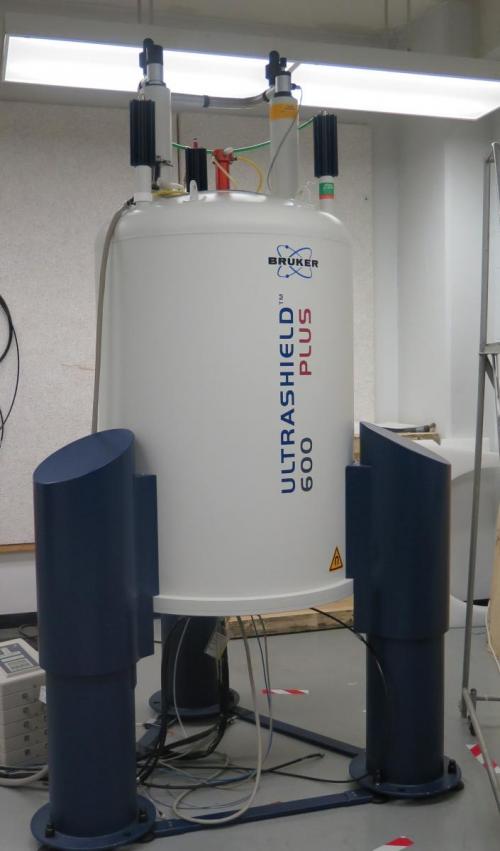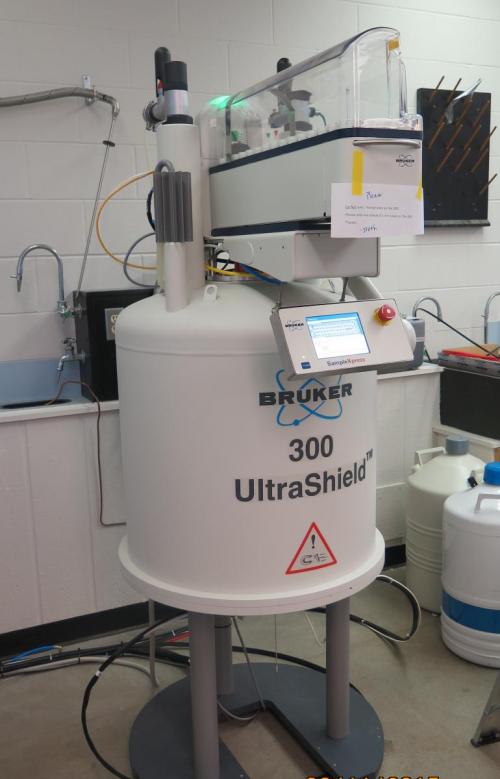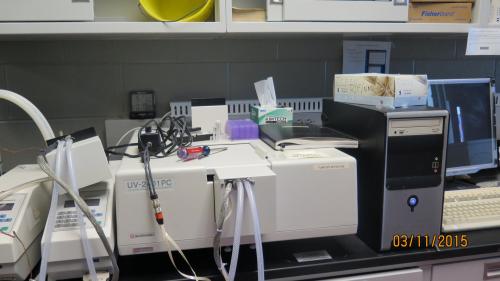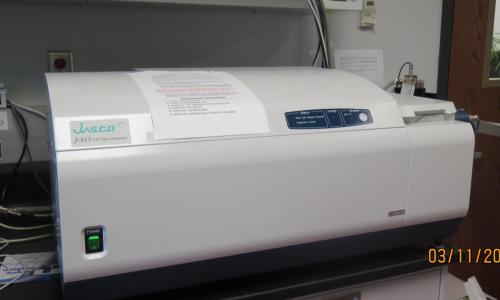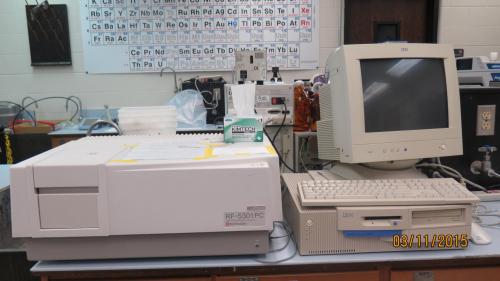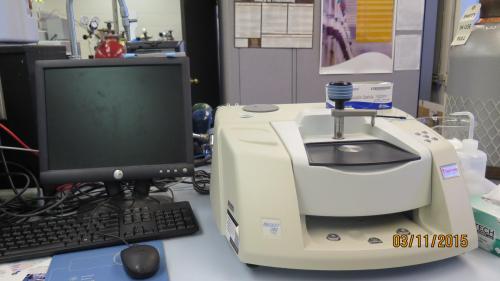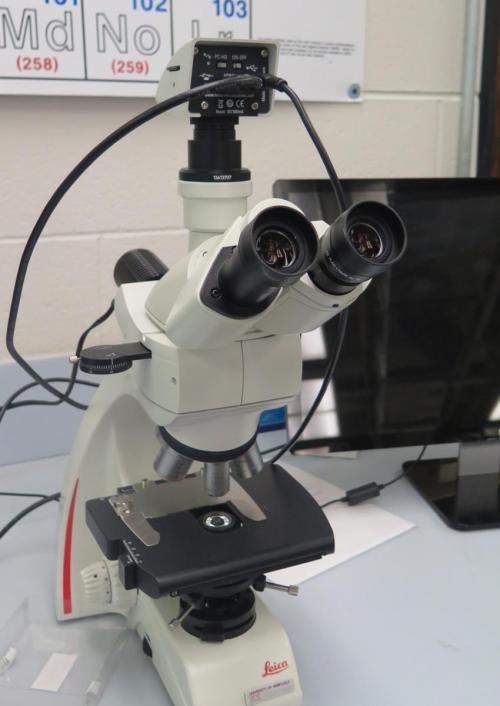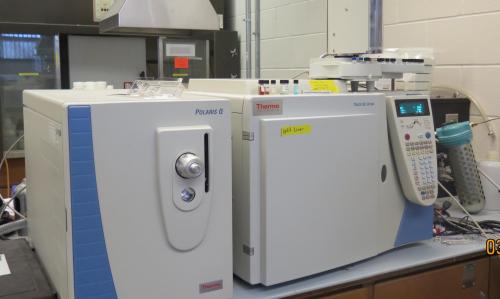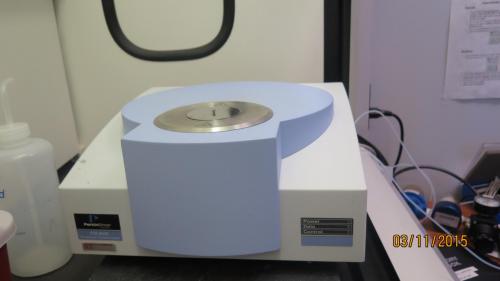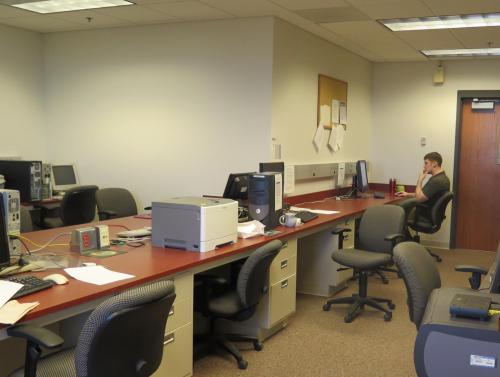RESEARCH INSTRUMENTATION FACILITY
Available Instruments
The Research Instrumentation Facility (RIF) is equipped with a wide variety of instrumentation for chemical analysis including NMR, optical spectroscopy, thermal analysis and GC-MS.
NMR
Bruker Avance III-HD 700 MHzBruker Avance 600 MHz NEO NMR
Bruker Avance III-HD 400 MHz NMR
Bruker Avance III-HD 300 MHz NMR
View Rates Make a reservation
Optical Spectroscopy
Shimadzu UV-2401PCJasco 815 Circular Dichroism (CD)
Jasco 815 Circular Dichroism (CD)
Shimadzu RF-5301PC Fluorimeter
Rudolph Autopol III
Infrared Spectroscopy (FT-IR)
Smiths Detection SensIR IR MicroscopeNicolet AVATAR 380 FT-IR
Leica Optical Microscope
View Rates Make a reservation
About Us
The Research Instrumentation Facility (RIF) in the Department of Chemistry is equipped with a wide variety of instrumentation for chemical analysis including NMR, optical spectroscopy, thermal analysis and GC-MS. Our primary mission is to support the research within this department and the wider University system but we are additionally available to support the analytical chemistry needs of other academic institutions, research laboratories, businesses and individuals. We are available to run samples and compile data or reports as necessary.
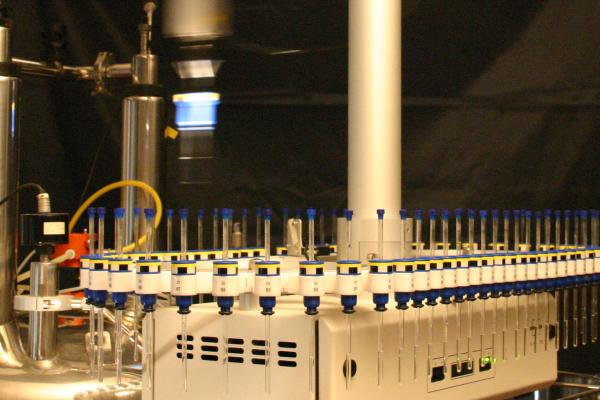
Facility Staff
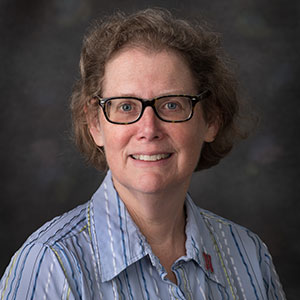
Martha Morton, Ph.D.
Director of Research Instrumentationmmorton4@unl.edu
(402) 472-6255
834 Hamilton Hall
Rates and Reservations
Academic Rates: UNL Internal Users
| Short Term (0-4 hours) |
Long Term (4-24 hours) |
Sampler Changer Rate | |
|---|---|---|---|
| NMR 300 | $9/hour | $6/hour | $8/hour |
| NMR 400/600 | $9/hour | $6/hour | n/a |
| NMR 700-cryoprobe | $20/hour | $12/hour | $12/hour |
| GCMS/UVvis/AA-Fluorimeter/IRmicroscope/HPLC-GC/CD | $9/hour | $9/hour | $9/hour |
| Avatar_IR | $20/hour | $20/hour | n/a |
| STA-Thermal Analysis | $9/hour | $9/hour | n/a |
| ReactIR | $20/day |
Academic Rates: UNL External Users
| Short Term (0-4 hours) |
Long Term (4-24 hours) |
Sampler Changer Rate | |
|---|---|---|---|
| NMR 300 | $18/hour | $12/hour | $16/hour |
| NMR 400/600 | $18/hour | $12/hour | n/a |
| NMR 700-cryoprobe | $40/hour | $24/hour | $24/hour |
| GCMS/UVvis/AA-Fluorimeter/IRmicroscope/HPLC-GC/CD | $18/hour | $18/hour | $18/hour |
| Avatar_IR | $40/hour | $40/hour | n/a |
| STA-Thermal Analysis | $18/hour | $18/hour | n/a |
| ReactIR | $40/day |
Industrial Rates
| Short Term (0-4 hours) |
Long Term (4-24 hours) |
Sampler Changer Rate | |
|---|---|---|---|
| NMR 400/600 | $110/hour | $110/hour | n/a |
| NMR 700-cryoprobe | $150/hour | $150/hour | $150/hour |
| GCMS/UVvis/AA-Fluorimeter/IRmicroscope/HPLC-GC/CD | $110/hour | $110/hour | $110/hour |
| Avatar_IR | $110/hour | $110/hour | n/a |
| STA-Thermal Analysis | $110/hour | $110/hour | n/a |
| ReactIR | $200/day |
Notes
- Self operated rate is only available to academic customers after training is completed.
- Training is only offered to academic customers and only when they are expected to have long-term consistent usage.
- Discounts are available for industrial customers purchasing monthly blocks of time on a yearly basis.
- NMR tubes, solvent and any other supplies consumed in acquiring data will be charged back to the customer for all samples.
- For submitted samples any requested sample preparation, data work up and/or interpretation time will be charged at the above rate.
- For submitted samples there is no minimum charge, only the actual time used will be charged in fractional hours.
- State Sales tax will be added to all services and supplies for entities which are not tax exempt.
- View official rates
- Please direct any questions to Martha Morton

